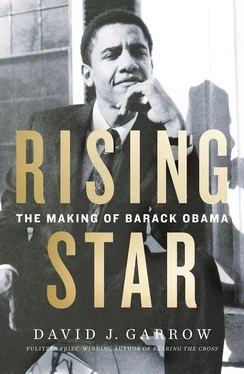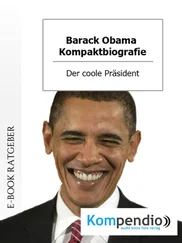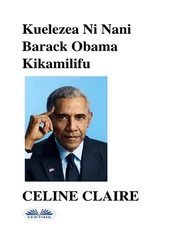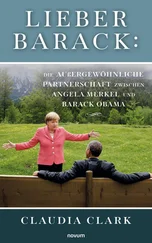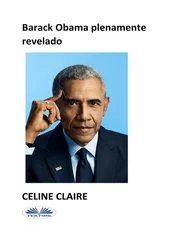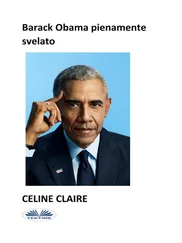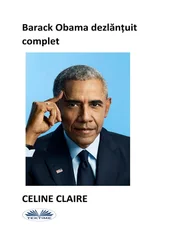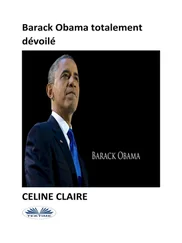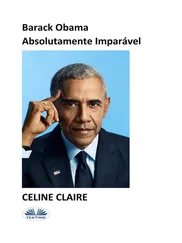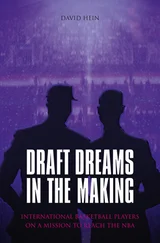Leo Mahon’s August 23 conference at Calumet College in Whiting, Indiana—just across the state line from southeastern Chicago’s largely white East Side—was a four-hour event that attracted a good crowd and good press coverage. Leo presented a vision that was grand, or grandiose, given how little he knew about Chuck Rawlings’s unsuccessful effort to save Youngstown’s steel economy. A statement issued on behalf of the conveners asked how management “can morally justify divestiture” in light of “its unwillingness to invest its profits” to modernize antiquated plants. They went on to say that local parishioners must force “the industry to see its responsibility to the community rather than simply to shareholders,” yet Leo confessed to a reporter, “I had one of my parishioners tell me we’re two years too late.”
The conveners believed the conference gave them “a mandate to organize a permanent structure,” and Dick Poethig imagined they might attract $60,000 in support from the Presbyterian Church and a combined $35,000 from Cardinal Cody and the Catholic bishop of nearby Gary, Indiana. Leo suggested they name themselves the Calumet Religious Community Conference—soon changed to Calumet Community Religious Conference, or CCRC—and that they hire Roberta Lynch, who had contacted him when she heard about his efforts to mobilize the community in response to Wisconsin’s closing; Roberta had two uncles who were priests in Panama, so she had long heard of Leo Mahon. Roberta brought experience from working for progressive Southeast Side Illinois state representative Miriam Balanoff. By the end of August, CCRC hired Roberta as its first staff member, at a salary of $500 a month. 9
Two days after CCRC’s conference, the PSW’s attorney informed the federal bankruptcy court that PSW, Chase Manhattan, and International Harvester had reached agreement that Chase would cover 100 percent of the March 28 checks that had bounced—$1.3 million, including vacation pay—and 30 percent of an additional one week’s wages—some $1.1 million—that Wisconsin workers were owed contractually. An earlier offer of just the $1.3 million had been rejected seventeen hundred to sixty-two, but the new deal elicited an angry protest by several hundred workers because this agreement also cleared the way for Chase to sell the accumulated inventory that the workers had previously blocked. The Tribune reported that these workers “also marched on their union headquarters,” but Tony Roque “refused to meet with them.”
During September, reports spread that Thomas Fleming, a businessman who had helped Envirodyne acquire Wisconsin Steel, had encouraged an African American friend, Walt Palmer, to pursue reopening the mill. Savvy journalists were highly dubious, but on October 6 Palmer, Tony Roque, and Chicago mayor Jane Byrne appeared before what the Tribune called “1,500 cheering steelworkers” at the downtown Auditorium Theatre to announce that Wisconsin Steel would reopen on November 1. Byrne stated that President Carter—just four weeks away from a tight reelection face-off against Ronald Reagan—had said federal support was available, and “as soon as there’s agreement on the financial plan presented by Mr. Palmer, you can count on the steel mill opening.” According to the Tribune’s Richard Longworth, Palmer was “a mesmerizing speaker,” who received “a standing ovation” from the workers, many of whom “had tears of joy in their eyes as they left.” But it was only a political chimera, and nothing more. By the end of October Byrne was claiming that the government would loan $10 million to rehabilitate Wisconsin’s coke oven, but she admitted that Walt Palmer was “no longer in the picture.” 10
CCRC’s efforts to become an active organization met with mixed success, as Roberta Lynch was having trouble organizing groups of parishioners. At the CCRC Steering Committee’s monthly meeting, she said that “getting people involved at the congregation level is taking much more time than we had originally anticipated.” Neither the bishop of Gary nor Cardinal Cody had offered any firm financial support, and as 1980 was ending, CCRC’s clergymen worried that “a fully-staffed and functional organization” would not be in place prior to 1982, and they reduced Roberta’s work to just half-time. 11
By the end of October, Mary Gonzales and Greg Galluzzo had a small UNO office in the heart of South Chicago’s commercial district. On Thanksgiving, in full alliance with Frank Lumpkin’s Save Our Jobs Committee (SOJC), UNO staged its first protest action as thirty former Wisconsin workers, and their families, descended upon the “Gold Coast” block where Jane Byrne lived in a forty-third-floor condominium apartment, chanting, “The mayor is a turkey.” Much of Mary’s work focused on organizing parents at an overcrowded elementary school to push for construction of a new building. By the outset of 1981, she and Greg had won financial support for UNO from Tom Joyce’s Claretian Social Development Fund and also from two small, progressive Chicago funders, the Wieboldt Foundation and the Woods Charitable Fund, the latter of which had just hired its first staffer, a young woman named Jean Rudd. 12
At CCRC’s first monthly meeting in early 1981, Roberta Lynch echoed something Dick Poethig had said two months earlier: “there is still not a widespread sense of crisis about the steel industry in our area.” What’s more, she admitted, “the vagueness of CCRC’s program makes it difficult for people to see what they might accomplish by getting involved.” Dick Poethig suggested that CCRC mount “a mortgage-protection campaign to prevent the unemployed in the region from losing their homes” and pursue “state legislation calling for advance notice of a plant closing” plus state funding “for retraining the unemployed.”
A CCRC training session in mid-February allowed Roberta to describe why she, like Leo, rejected Saul Alinsky’s confrontational approach to community organizing. She said they would not use a model where “you find a target, you look for ways to bring people quickly into confrontation with it” yet only “on a very narrow … basis … looking to win a very quick victory.” The CCRC, she said, should not be “deluding people” with any easy victory “to get this or that” because that “isn’t going to have meaning in terms of what the real problems are.” Instead, since the church is “a tremendously vital and important force,” reaching out to “clergy people in every congregation in the region” would allow CCRC to become “an organization that can go to U.S. Steel and say we represent 200 churches, 50,000 people in the Calumet region.” But so far congregations’ responses had been “very mixed,” since “one of the big problems we have is just … convincing people that a problem exists.” In a subsequent memo, Roberta again emphasized how CCRC needed “to identify an initial program,” for “a concrete focus is essential if we are to convince people to work with us.” Investing time made sense to parishioners only if they believed it was “building toward something that will have an actual impact,” and she confessed, “I have certain hesitations about whether we will really be capable of carrying out sustained activity.” 13
Early in 1981 the federal bankruptcy court awarded title to the Wisconsin Steel site to the federal EDA. The EDA imagined selling the plant, perhaps for use as a “mini-mill” that would employ less than half of Wisconsin’s onetime work force, but everyone realized that with Ronald Reagan’s inauguration, the chances of federal action to prop up antiquated steel plants had vanished. Nonetheless, Frank Lumpkin announced that 150 former Wisconsin workers would travel to Washington, D.C., to lobby for federal action. Frank estimated that only 10 percent of the ex-employees had found new jobs, and he stressed that all benefits had now run out. When the workers visited the House gallery, six members of Congress rose to speak on their behalf, including Chicago’s Harold Washington. 14
Читать дальше
